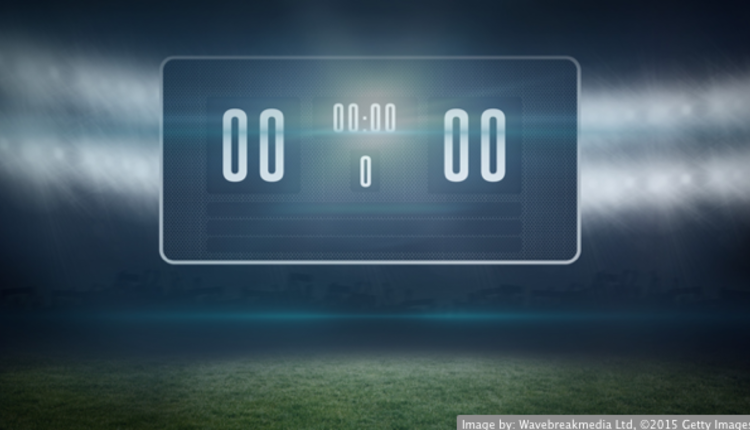
Recently, a top headline in my local newspaper (yes, I said newspaper) announced that every student in the entire school district will have an iPad by next year. This might not be the "newest" topic, but what was different about this story was the fact that by the following year, all the district's high schools will switch to a digital curriculum. Now if that doesn’t get your attention and get you thinking about communicating and engaging with your future customer base, what will?
Companies across many industries are rightfully rethinking the ways in which they engage and communicate with their customers and prospects. The always-connected world that we live in is demanding it. According to recent estimates, 90% of all US adults have a cell phone, and 58% of those are smartphones. Yet, many, if not most, of the high-volume communications produced by companies today are still paper-based. As firms try to make the transition from paper to digital communication and engagement, they are faced with a number of key questions:
- How should I start converting my printed documents to digital?
- What format should I use?
- What platforms should I target?
- I have thousands of documents, so how will I ever get this done?
- How much is this going to cost?
I won’t try to answer all these questions here—and surely, there are many more. What I will do is submit that there are two fundamentals that you’ve got to get right in order to even begin the journey from paper to digital:
1. Commit to a digital-first approach to content creation.
Committing to "digital first" means rethinking how you design, define, write and manage your content. This truly requires a fundamental shift towards building from the "content out." So, which set of content do you start with? Your paper/PDF- based content? Probably not, since it’s all designed and built around a page-based paradigm. What about your web content? Maybe a better choice, but how well will that work on mobile devices?
Really, going "digital first" means beginning with the smallest devices, modalities and concepts and building up from there. The design experts call this “progressive enhancement,” and it seems to be gaining momentum versus its opposite paradigm, “graceful degradation,” which employs a strategy of methodically stripping down content and capabilities from larger target screens to fit on smaller screens.
2. Your content model or content architecture is more important than ever.
This is where fundamental number two comes into play. In order to design from the "content out" and progressively enhance the information and the experience, you must have a thorough understanding of your content. This is known as your content model, your content architecture or, possibly, but heaven forbid, your taxonomy. These content models are only going to get more important while simultaneously becoming more complex. Many firms have only a superficial understanding of their content, their content types and what the purpose of each content piece is. If they do have a decent understanding, it is usually at the document- or page-level for printed and web content. As you break it down into smaller fragments so that they can be assembled differently for multi-channel delivery and experiences, you’ll need to add further attribution to the content that includes content type and purpose, among others.
So, the next generation of customers will soon do everything digitally via various devices (I know, that’s not news). In order to make sure that you are the provider, regardless of your product, you’d better start now by adopting a digital-first mentality that is based on a well-formed content model that can support your desired experience and adapt to ever-changing usage patterns.
Tom Roberts has more than 20 years of experience in business technology. He serves as a principal consultant at Doculabs, where he develops strategic plans to help organizations use ECM technologies to achieve their business goals. Follow him on Twitter @tomroberts72 or email troberts@doculabs.com. This content originally appeared on the Doculabs blog. For more information, visit www.doculabs.com/docublog-news/blog.


















